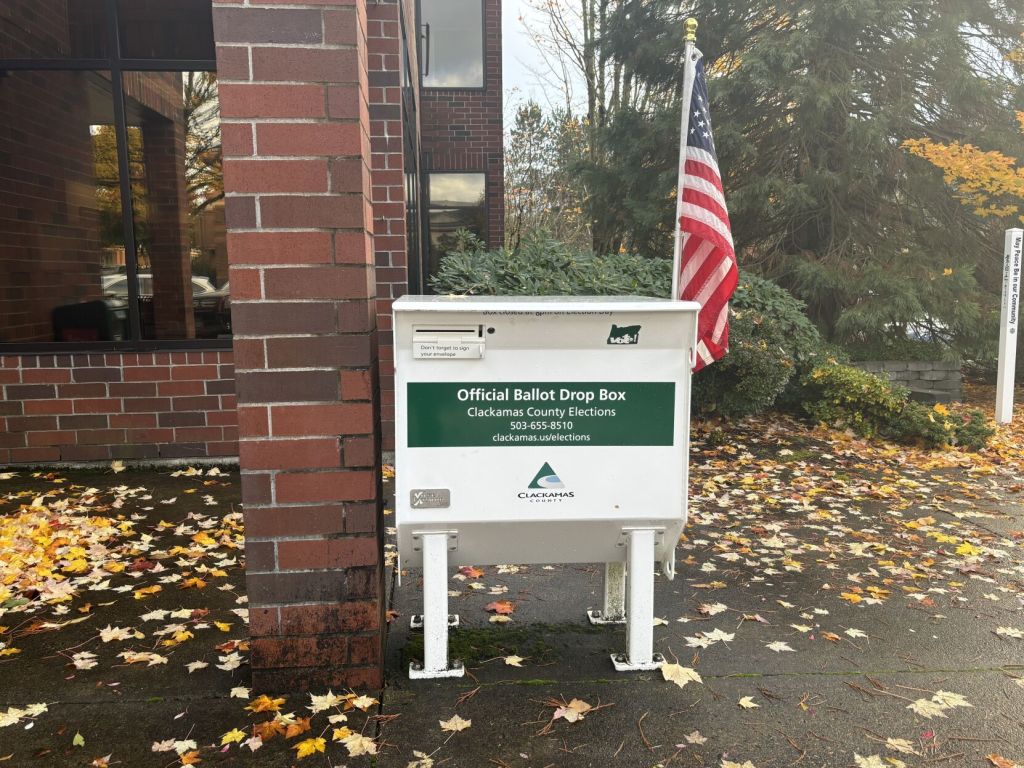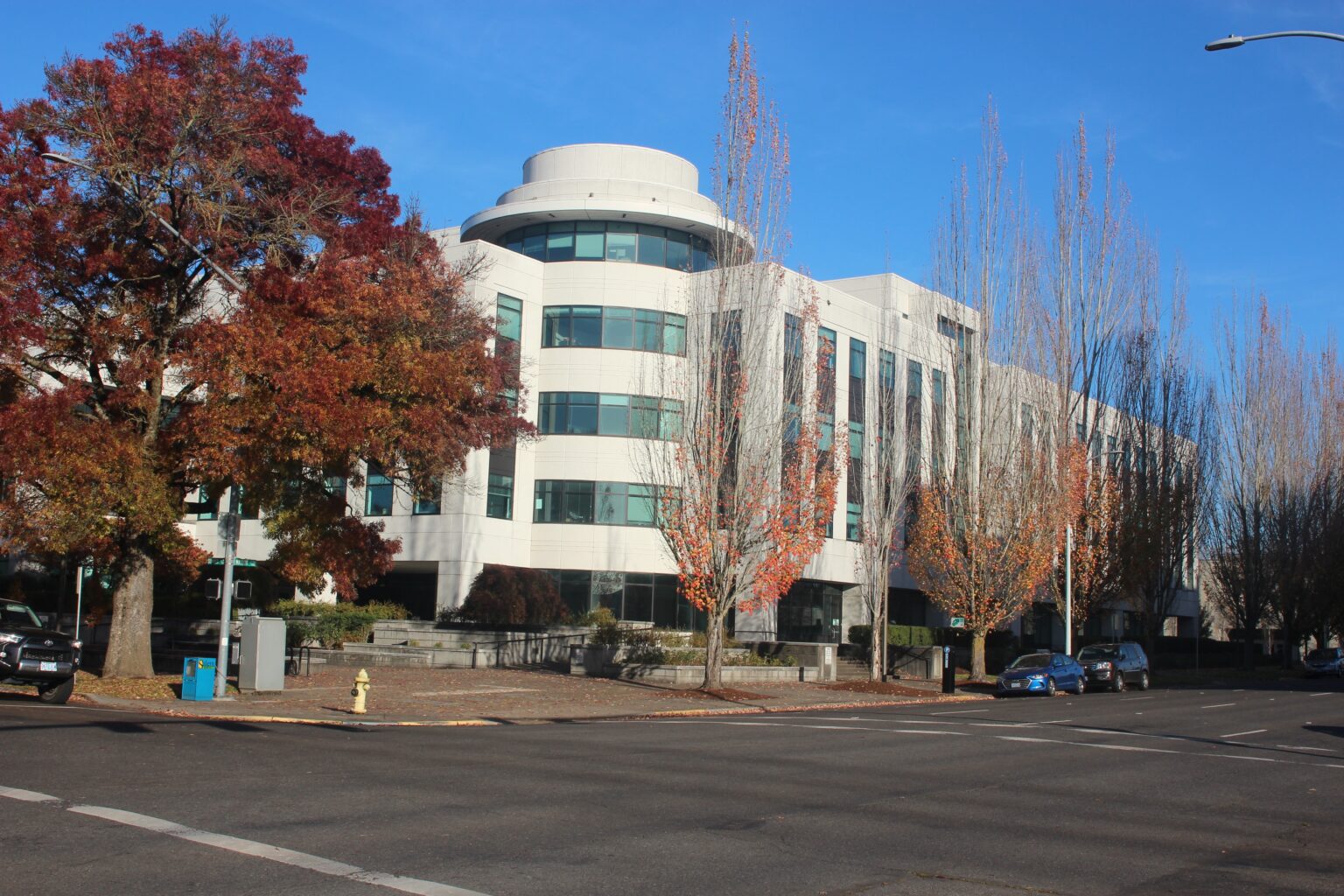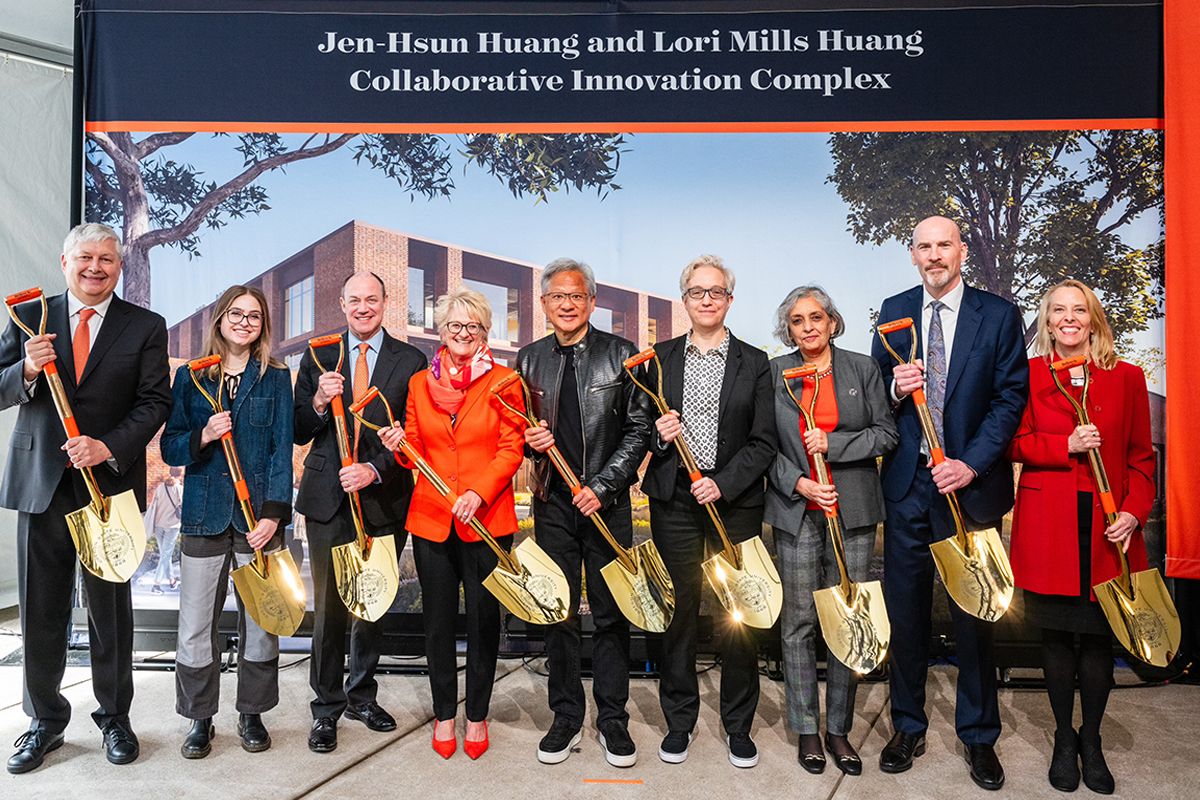Who votes in Clackamas County elections? Historically, voter turnout significantly declines in May
Published 9:24 am Thursday, May 1, 2025

- In West Linn, there are ballot boxes outside City Hall and the Public Library. (Holly Bartholomew/West Linn Tidings)
Registered voters in Clackamas County will soon begin receiving their ballots for the upcoming May 20 special election.
But will all of them turn a ballot in? If history is any indication, about half of registered voters will vote this May.
Data from the Clackamas County elections office shows that less than half of eligible voters voted in all but one of the previous ten May elections. Voter turnout in May 2016 — the only one that was over half — was 50.57%.
Trending
Less than 30% of eligible voters turned in their ballots in May 2015, May 2017, May 2018, May 2019, May 2021 and May 2023. The lowest return was in May 2019, when turnout was just 18.6%.
With this year’s May vote primarily focused on education-related elections — including school board races in nearly all of the county’s districts along with elections for the Clackamas Community College Board, Mt. Hood Community College board, Portland Community College Board and Clackamas Education Service District — the election could have a particular impact on young families with children. But how much of this demographic is expected to vote?
Data related to Clackamas County voters’ ages from the past 10 years indicates that participation generally grows with age, meaning turnout is lowest with the county’s youngest eligible voters.
Voters 55 and older had the best turnout in all 20 May and November elections between 2015 and 2024. Those between the ages of 18-24 typically had the lowest turnout over the past 10 years.
Clackamas County Clerk Catherine McMullen said as an election administrator of the past 10 years, she’s thought a lot about why turnout tends to be lower for May elections and among younger voters, but she still finds herself asking the same questions.
The Center for Information & Research on Civic Learning & Engagement at Tufts University has spent the past 20 years examining civic engagement of young people. Their research, which is based on polling by youth nationwide, has found numerous reasons for why young adults tend to vote at lower rates than their older counterparts. Among barriers like complicated absentee ballots for out-of-state college students, the center also cited unequal civic education that fails to teach kids how to vote or about the importance of voting — and campaigns that don’t make a point of reaching young voters — as significant factors for low voting rates among young people. McMullen also noted education, media, candidate outreach, community organizations and elected officials as factors that can influence voter rates.
Trending
“Turnout goes up when voters are both aware of the issues and the candidates, as well as interested in the candidates and feel that the choices on the ballot affect them,” she said via email.
McMullen mentioned several ways her office is working to remove barriers to voting, such as “track your ballot” services, assistance for voters with disabilities, elections staff who speak multiple languages and offering extended hours at the county’s two voter service locations in Oregon City and Happy Valley on voter registration deadline day, the Saturday before Election Day and Election Day.
Additionally, McMullen noted her office’s efforts to attend events geared toward people less likely to vote, such as young people, people in college, people who have a felony on their record, people with disabilities and people who don’t yet have a habit of voting.
“As County Clerk I have a responsibility to remove barriers to participation, but ultimately it is up to the voter if they want to participate in a particular election or not,” McMullen said. “Local elections count and important decisions by the people we elect about how local resources are allocated are on the ballot in local elections.”







